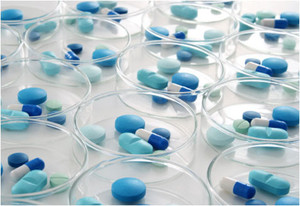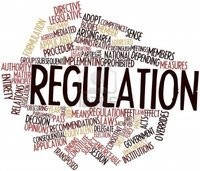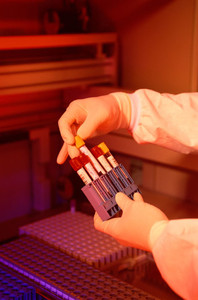The US Food and Drug Administration (FDA) has released draft guidance, which the agency says, when finalized, will provide advice on the evaluation of analytical similarity for biosimilars.
The draft guideline was published in a Federal Register announcement on 22 September 2017. It outlines the type of information sponsors should obtain about the structural/physicochemical and functional attributes of the reference product, how that information is used in the development of an analytical similarity assessment plan and the statistical approaches recommended for evaluating analytical similarity.
Statistical approaches to evaluate analytical similarity - Guidance for industry
Date: September 2017
www.fda.gov/downloads/Drugs/GuidanceComplianceRegulatoryInformation/Guidances/UCM576786.pdf
The draft, once finalized, is expected to be used as a companion document to the guidance for industry Quality Considerations in Demonstrating Biosimilarity of a Therapeutic Protein Product to a Reference Product, which was finalized in April 2015[1].
The draft contains two main sections, the first of which describes the quantity and quality of both reference product and biosimilar lots that are scientifically necessary for evaluating analytical similarity. The second section describes general principles for the evaluation analytical similarity, including the use of a risk assessment to rank attributes and a tiered approach to the evaluation of analytical similarity.
The agency recommends that ‘the analytical similarity assessment plan be carefully designed to identify and address all factors that could impact the determination about whether the proposed biosimilar is highly similar to the reference product’. Some of the factors that FDA says may need to be considered include:
- Differences in age of the lots produced at testing
- Multiple testing results
- Assay performance
- Differences in attributes that will be considered acceptable
The agency also defines three tiers for evaluating analytical similarity:
Equivalence testing (Tier 1): typically recommended for quality attributes with the highest risk ranking and should generally include assay(s) that evaluate clinically relevant mechanism(s) of action of the product for each indication for which approval is sought.
Use of quality ranges (Tier 2): is recommended for quality attributes with a lower risk ranking.
Visual comparisons (Tier 3): is recommended for quality attributes with the lowest risk ranking.
FDA warns that ‘although many attributes may be considered high risk, subjecting all of these attributes to Tier 1 testing may result in a false negative conclusion, i.e. a determination that a product is not highly similar when it truly is’. It therefore lists some additional factors, besides risk, that should be considered when determining the appropriate tier. These include:
- Level of the attribute
- Assays used for assessing the attribute
- Types of attributes or assays
FDA has released the draft guidance for a comment period of 2 months, i.e. until 21 November 2017. Comments can be posted to the Dockets Management Staff under Docket No. FDA-2017-D-5525. This can be done via the website www.regulations.gov or written comments can be mailed to Dockets Management Staff (HFA-305), Food and Drug Administration, 5630 Fishers Lane, Rm. 1061, Rockville, MD 20852, USA
Related articles
FDA asks for comments on reauthorization of BsUFA
FDA rejects petitions over biologicals naming guideline
Reference
1. GaBI Online - Generics and Biosimilars Initiative. US guidelines for biosimilars [www.gabionline.net]. Mol, Belgium: Pro Pharma Communications International; [cited 2017 Sep 29]. Available from: www.gabionline.net/Guidelines/US-guidelines-for-biosimilars
Permission granted to reproduce for personal and non-commercial use only. All other reproduction, copy or reprinting of all or part of any ‘Content’ found on this website is strictly prohibited without the prior consent of the publisher. Contact the publisher to obtain permission before redistributing.
Copyright – Unless otherwise stated all contents of this website are © 2017 Pro Pharma Communications International. All Rights Reserved.
Source: Federal Register, US FDA








 0
0










Post your comment